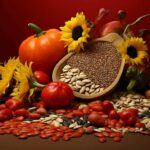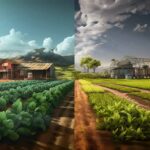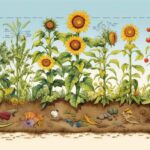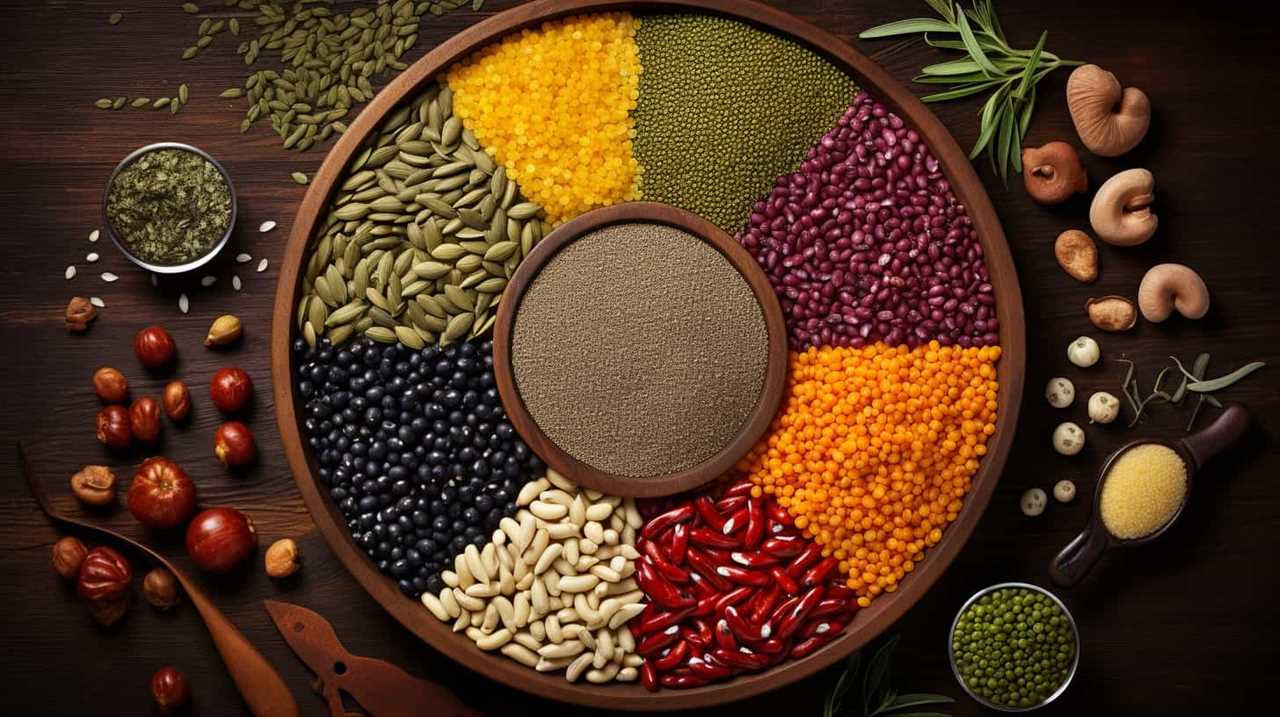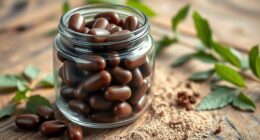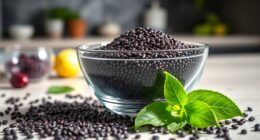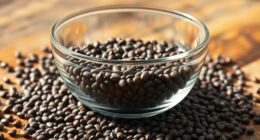We possess the insider knowledge about the top six strategies for succeeding in commercial seed production!
Did you know that the global seed market is projected to reach a staggering $74.3 billion by 2027? In this article, we’ll dive into the nitty-gritty of seed selection, soil preparation, irrigation, pollination techniques, pest control, and harvesting.
Whether you’re a seasoned farmer or just starting out, these techniques will help you maximize your seed production and thrive in the ever-growing seed industry.
Let’s get started!
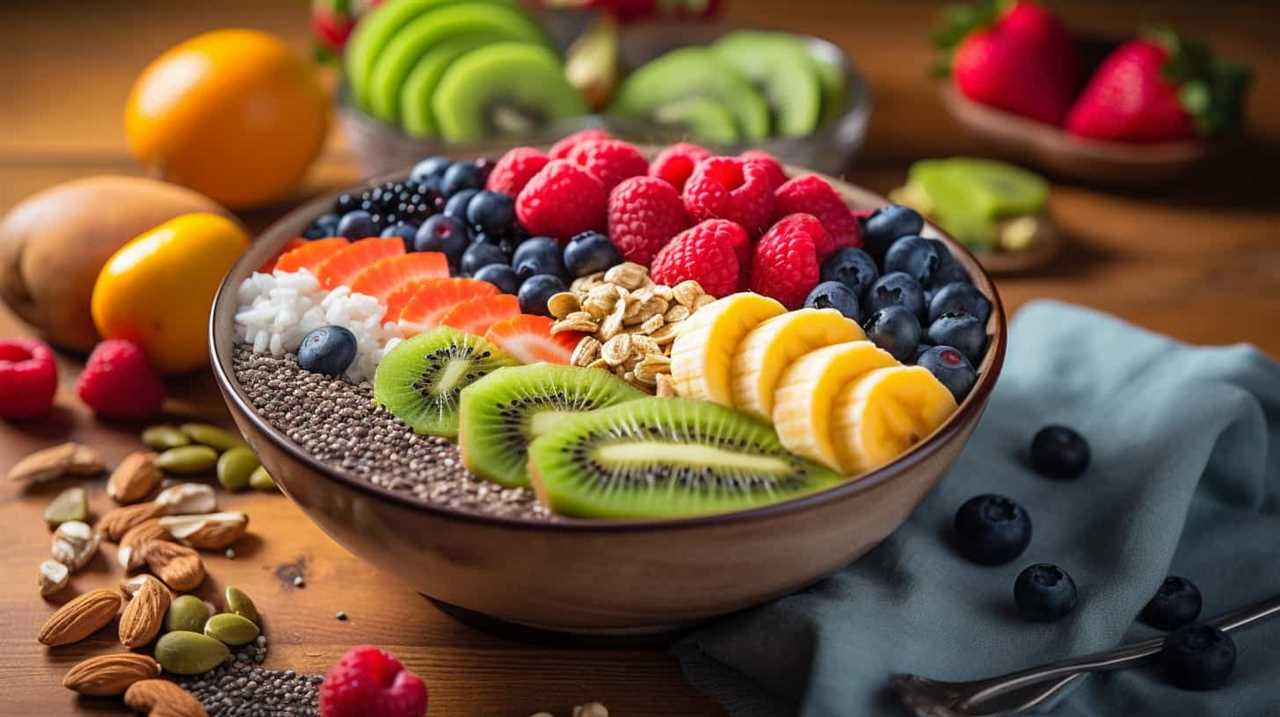
Key Takeaways
- Genetic purity is crucial for seed quality and can be achieved through stringent selection criteria and rigorous testing.
- Proper soil preparation, including nutrient-rich composition and optimal pH levels, is essential for successful seed growth.
- Effective weed control techniques, such as mulching, handweeding, and cover crops, help create a weed-free environment and promote the growth of high-quality seeds.
- Pollination techniques, pest, and disease control measures, including hand pollination, pollinator management, and integrated pest management strategies, are important for maximizing seed production and minimizing environmental impact.
Seed Selection
First, we carefully assess and choose the best seeds for commercial production. Genetic purity is of utmost importance in ensuring the quality of our seeds. We employ stringent selection criteria to eliminate any impurities and maintain the integrity of our breeding programs.
Our dedicated team of experts conducts thorough evaluations, considering factors such as yield potential, disease resistance, and adaptability to various environmental conditions. We prioritize seeds that exhibit superior traits and have undergone rigorous testing to guarantee their performance.
Through our breeding programs, we aim to develop seeds that meet the specific needs of farmers and contribute to sustainable agriculture. By carefully selecting and breeding our seeds, we strive to provide our audience with the highest quality products that promote their liberation and success in the agricultural industry.
Soil Preparation
When it comes to successful commercial seed production, soil preparation plays a crucial role. We must ensure that the soil has a nutrient-rich composition, providing the necessary elements for seed growth and development.
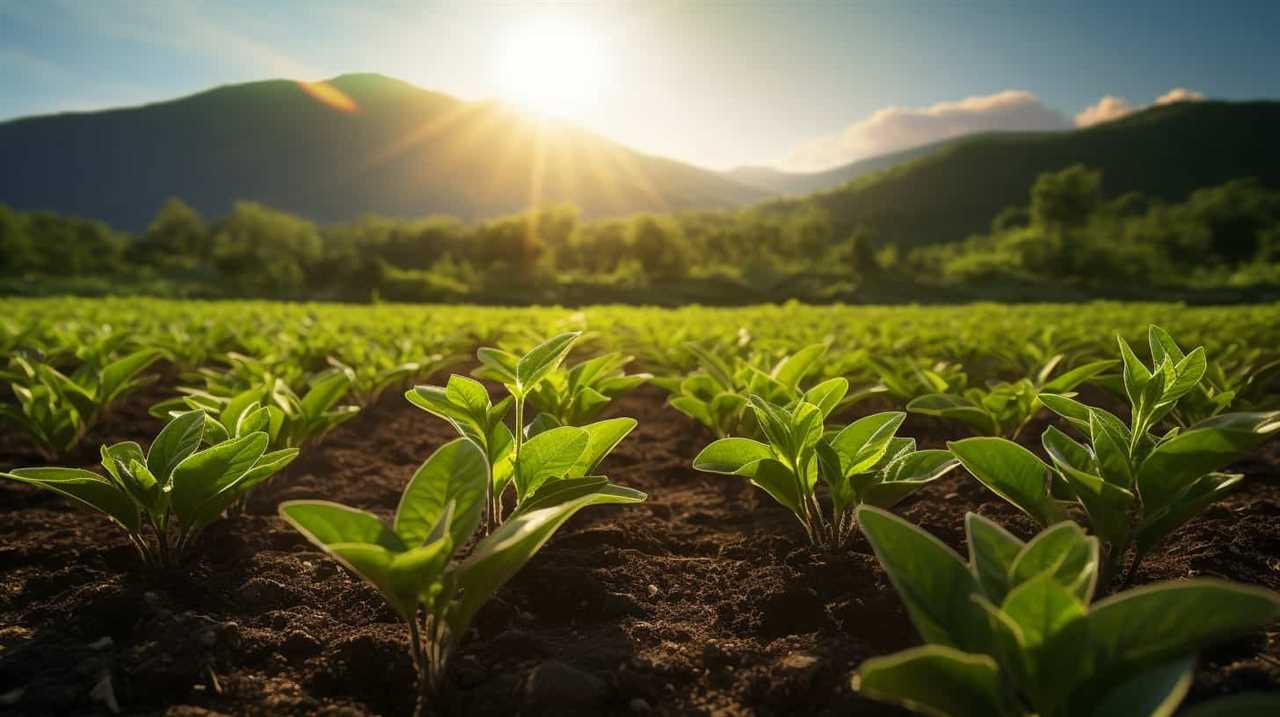
Additionally, maintaining proper pH levels is essential to create an optimal environment for seed germination.
Effective weed control measures must also be implemented to prevent competition for resources and ensure the success of the seed production process.
Nutrient-Rich Soil Composition
To ensure optimal seed production, we prioritize the preparation of nutrient-rich soil compositions. A nutrient-rich soil provides essential elements for plant growth and development, resulting in healthier and more productive seeds.
Here are three key techniques for achieving a nutrient-rich soil composition:

- Composting techniques: Composting is an effective method of recycling organic waste materials into nutrient-rich compost. By combining materials such as kitchen scraps, yard trimmings, and animal manure, we can create a compost pile that decomposes and transforms into a rich humus-like material. This compost can be added to the soil to enhance its nutrient content.
- Organic fertilizers: Instead of relying on synthetic fertilizers, we opt for organic fertilizers that are derived from natural sources. These fertilizers, such as composted manure, bone meal, and seaweed extracts, provide a wide range of nutrients and micronutrients that are essential for plant growth.
- Crop rotation: Implementing a crop rotation strategy helps to maintain soil fertility. By alternating the types of crops grown in a particular area, we can prevent the depletion of specific nutrients and reduce the risk of soil-borne diseases. This practice ensures that the soil remains nutrient-rich and suitable for seed production.
Proper Ph Levels
Now, let’s delve into the importance of maintaining the proper pH levels in soil preparation for successful commercial seed production.
pH levels play a crucial role in determining the availability of essential nutrients for plant growth. To ensure optimal pH levels, it’s essential to conduct accurate pH testing methods. This can be done using soil pH testing kits or by sending soil samples to a professional lab for analysis.
Once the pH level is determined, appropriate pH adjustment techniques can be employed. Common techniques include adding lime to increase pH levels in acidic soils and sulfur to decrease pH levels in alkaline soils.
It’s important to note that different crops have specific pH requirements, so it’s crucial to adjust pH levels accordingly to promote healthy seed production.

Effective Weed Control
We focus on implementing effective weed control techniques during soil preparation for successful commercial seed production. Proper weed prevention is crucial to ensure that the seeds can grow without competition from unwanted plants.
Here are three organic weed control methods that can help achieve this:
- Mulching: Applying a layer of organic material, such as straw or wood chips, on the soil surface can suppress weed growth by blocking sunlight and preventing weed seeds from germinating.
- Handweeding: Physically removing weeds by hand is a labor-intensive but effective method, especially for small-scale production. It allows for targeted weed control and minimizes the use of herbicides.
- Cover crops: Planting cover crops before the main crop can help smother weeds and improve soil health. The cover crops compete with the weeds for resources, reducing their growth and suppressing weed populations.
By implementing these organic weed control techniques, we can create a weed-free environment that promotes the growth of high-quality seeds.
Now, let’s move on to discussing irrigation and water management.
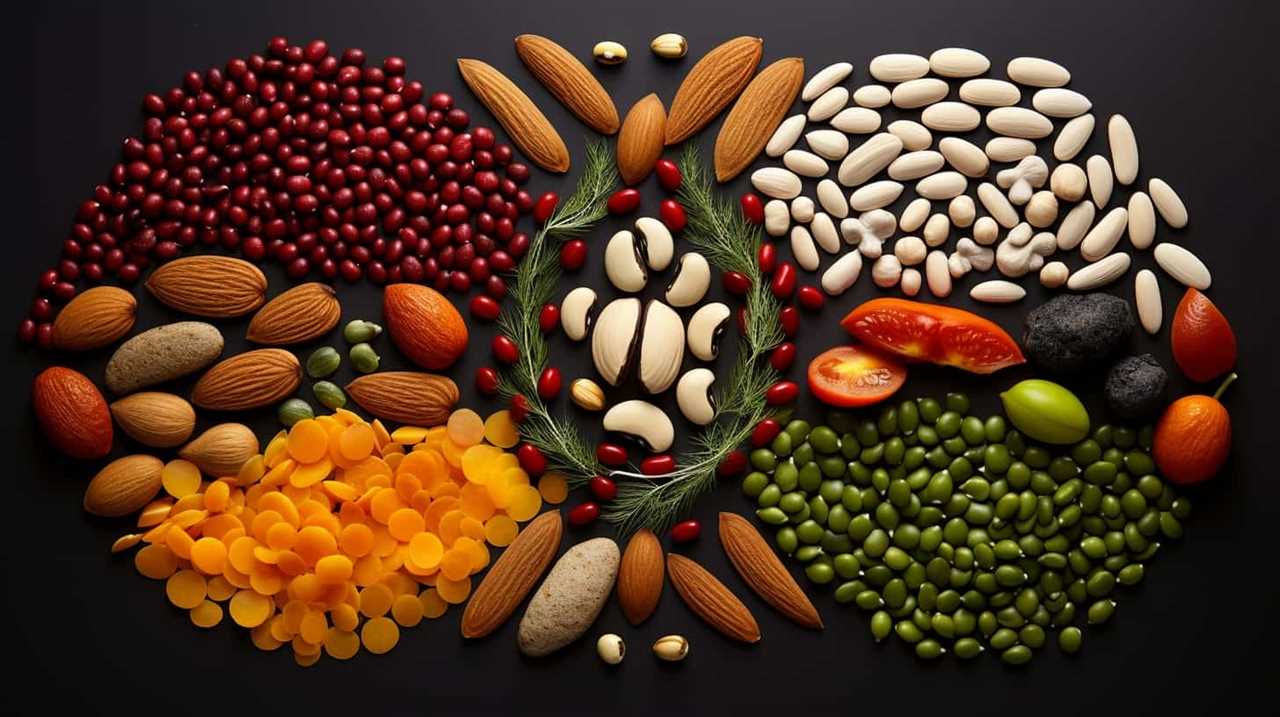
Irrigation and Water Management
Our team actively manages irrigation and water resources to ensure successful commercial seed production. Water conservation is a key aspect of our approach, as it helps us optimize water usage and minimize waste. We implement various irrigation techniques to achieve this goal, such as drip irrigation and precision sprinklers. These methods allow us to deliver water directly to the roots of the plants, reducing evaporation and ensuring efficient absorption. Additionally, we regularly monitor soil moisture levels to determine the optimal timing and amount of irrigation required. This helps us avoid overwatering, which can lead to nutrient leaching and water runoff. By employing these irrigation techniques and implementing water management strategies, we are able to maximize seed production while minimizing our environmental impact.
| Irrigation Technique | Description |
|---|---|
| Drip Irrigation | Delivers water directly to plant roots through a network of tubes and emitters. This minimizes water loss due to evaporation. |
| Precision Sprinklers | Sprinkler heads are strategically placed to ensure even coverage and minimize water waste. |
| Soil Moisture Monitoring | Regularly measures soil moisture levels to determine the optimal timing and amount of irrigation required. |
Pollination Techniques
Efficient pollination is crucial for maximizing seed production and ensuring successful commercial seed production. Here are three important techniques for achieving effective pollination:
- Hand pollination: This method involves manually transferring pollen from the male reproductive organ (stamen) to the female reproductive organ (pistil) of the same or different plant. It allows for controlled pollination, especially in crops that have low natural pollination rates or require specific genetic combinations.
- Wind pollination: Some plants, such as grasses and trees, rely on wind to carry their pollen from one flower to another. Wind-pollinated plants often have small, inconspicuous flowers and produce large quantities of lightweight pollen. It’s important to create suitable growing conditions for wind-pollinated crops, ensuring proper spacing and reducing obstacles that may impede wind movement.
- Pollinator management: By attracting and maintaining a diverse population of pollinators, such as bees, butterflies, and birds, farmers can enhance pollination in their fields. Providing suitable habitats, such as flowering plants and nesting sites, can help attract and support pollinators, ultimately increasing seed production.
Pest and Disease Control
As we transition from discussing pollination techniques, it’s essential to address the crucial aspect of pest and disease control in successful commercial seed production.
Effective pest management and disease prevention are vital to ensure the quality and quantity of seeds produced. Implementing integrated pest management strategies, such as regular monitoring and scouting, is crucial in identifying and addressing pest issues promptly. This can involve the use of biological controls, cultural practices, and targeted application of pesticides when necessary.
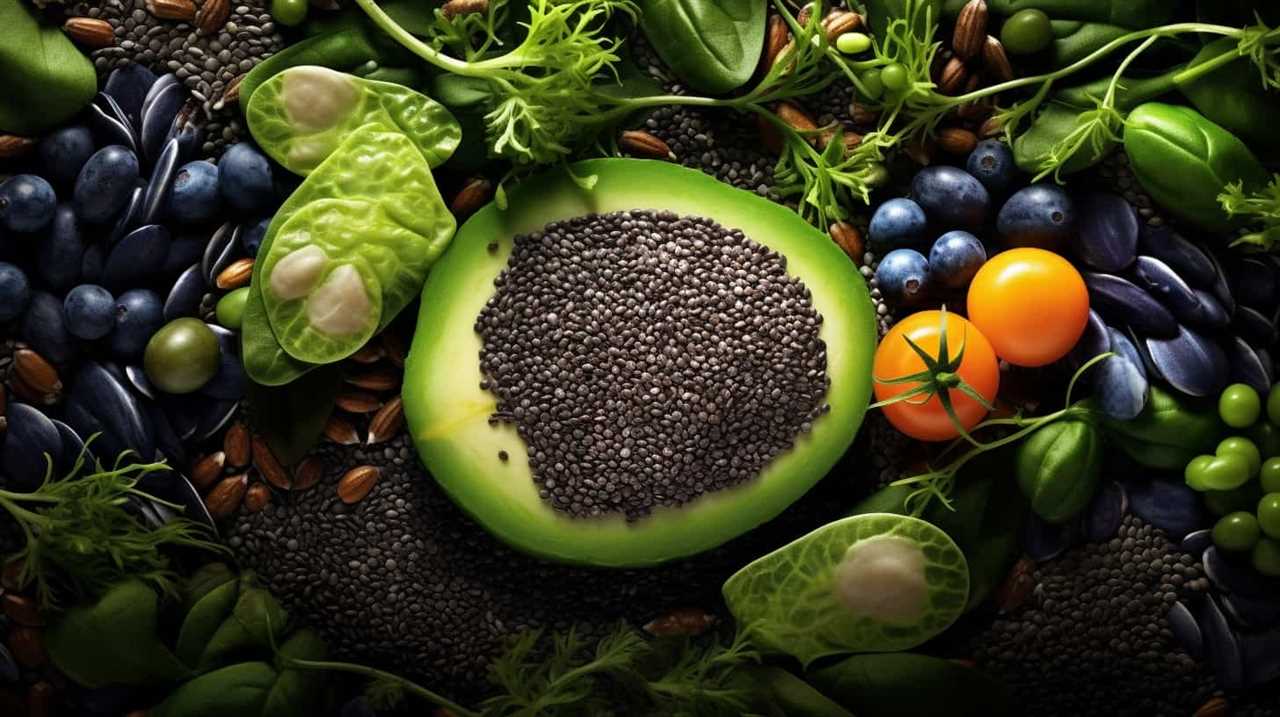
Disease prevention measures, such as crop rotation, sanitation, and the use of disease-resistant varieties, can help minimize the impact of diseases on seed production. Regularly inspecting crops for signs of pests and diseases and taking appropriate preventive actions is key to achieving successful commercial seed production.
Harvesting and Processing
When it comes to commercial seed production, proper harvesting and processing techniques are crucial.
There are three key points to consider in this stage.
Firstly, drying and storage methods play a vital role in maintaining seed quality and viability.
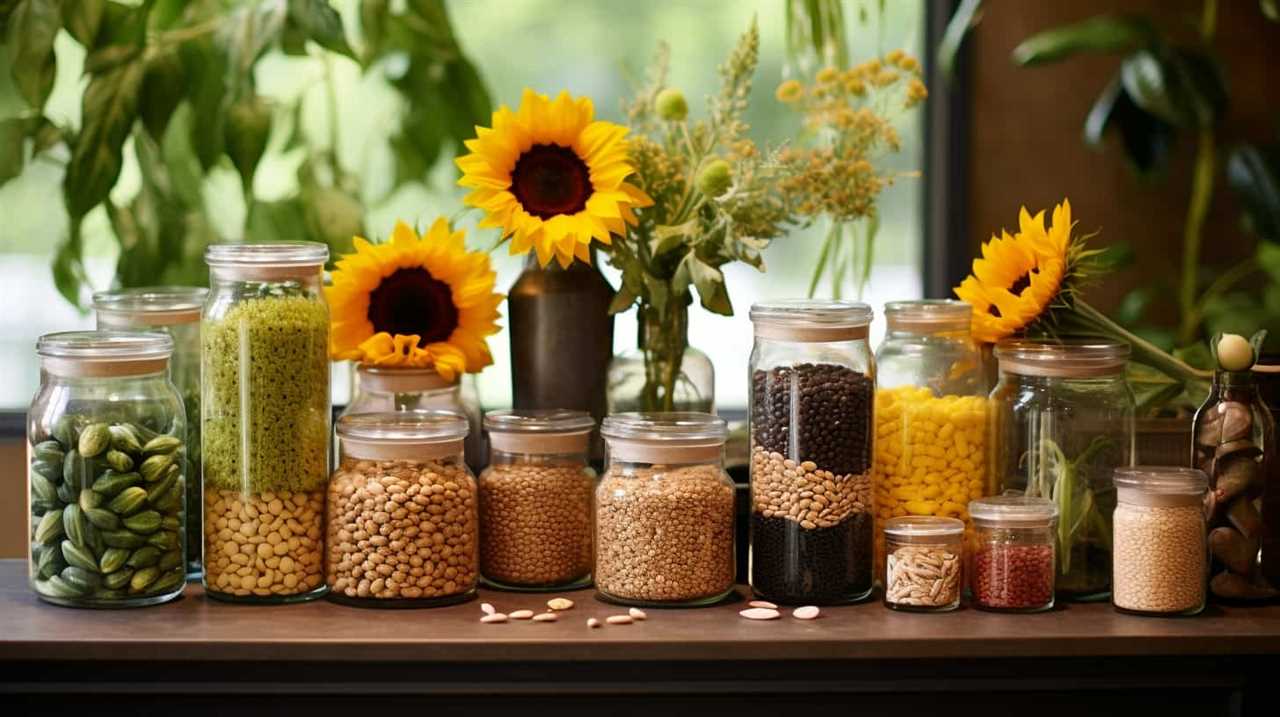
Secondly, implementing quality control measures ensures that only the best seeds are selected for further processing.
Lastly, following best harvesting practices, such as timing and handling, helps maximize seed yield and minimize damage.
Drying and Storage Methods
To ensure optimal seed quality, we employ effective drying and storage methods throughout the harvesting and processing stages. Proper drying and storage techniques are crucial for maintaining seed viability and ensuring successful germination. Here are three key methods we utilize:
- Controlled Drying: We carefully control the temperature and humidity levels during the drying process to prevent over-drying or under-drying of the seeds. This helps maintain seed vitality and minimizes the risk of mold or fungal growth.
- Seed Cleaning and Conditioning: Before storage, we thoroughly clean the seeds to remove any debris or impurities. Conditioning techniques, such as seed treatment or priming, are also employed to enhance seed quality and improve germination rates.
- Optimal Storage Conditions: We store the seeds in a cool, dry, and dark environment to protect them from moisture, heat, and light. This helps prevent premature aging and deterioration of the seeds, ensuring their long-term viability.
Quality Control Measures
Throughout our commercial seed production process, we implement rigorous quality control measures to ensure the highest standards in harvesting and processing.
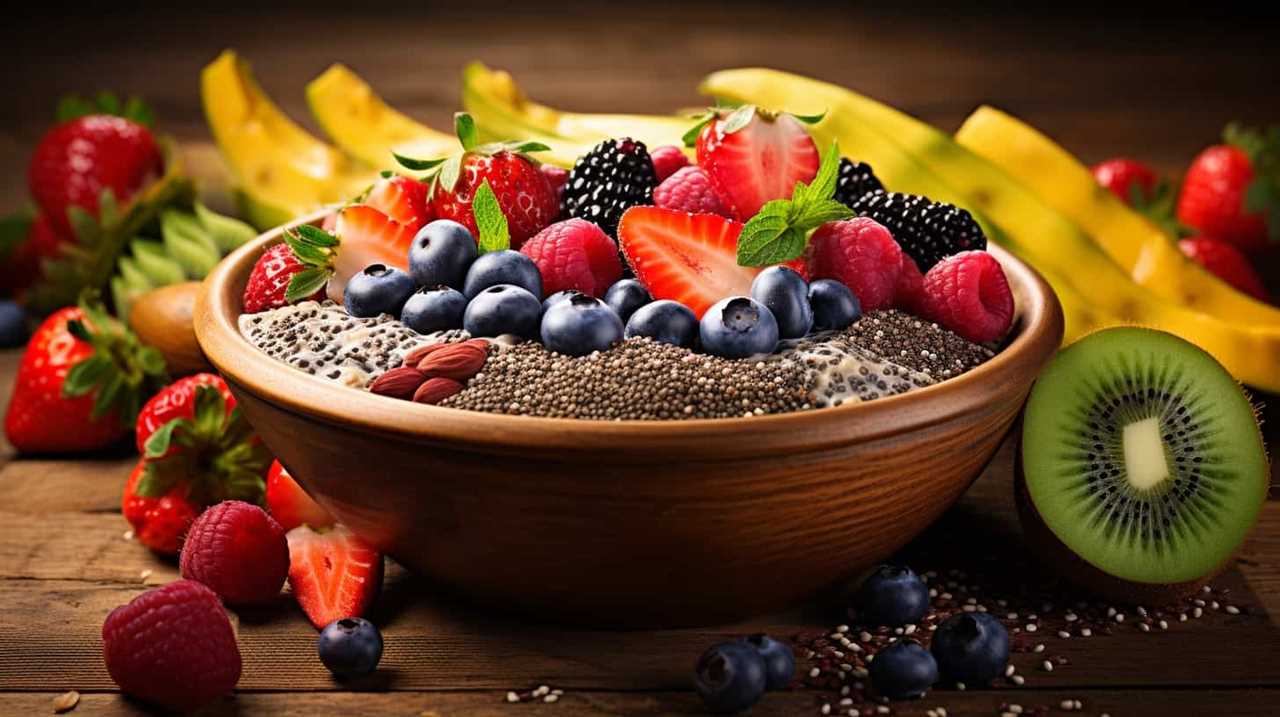
The first step in maintaining quality is seed selection. We carefully choose seeds that possess the desired traits and genetic stability. This involves conducting regular field inspections to identify and eliminate any undesirable plants or off-types.
During harvesting, we employ trained personnel who follow strict protocols to ensure that only mature and healthy seeds are collected. Any damaged or immature seeds are discarded to maintain the purity and quality of the final product.
After harvesting, the seeds undergo thorough processing, which includes cleaning, grading, and treating to eliminate any impurities or contaminants. We use advanced equipment and technologies to achieve optimum results.
Best Harvesting Practices
To ensure the highest quality in our commercial seed production, we implement best harvesting practices that include careful selection and collection of mature and healthy seeds. These practices are crucial for maintaining the genetic purity and viability of the seeds.
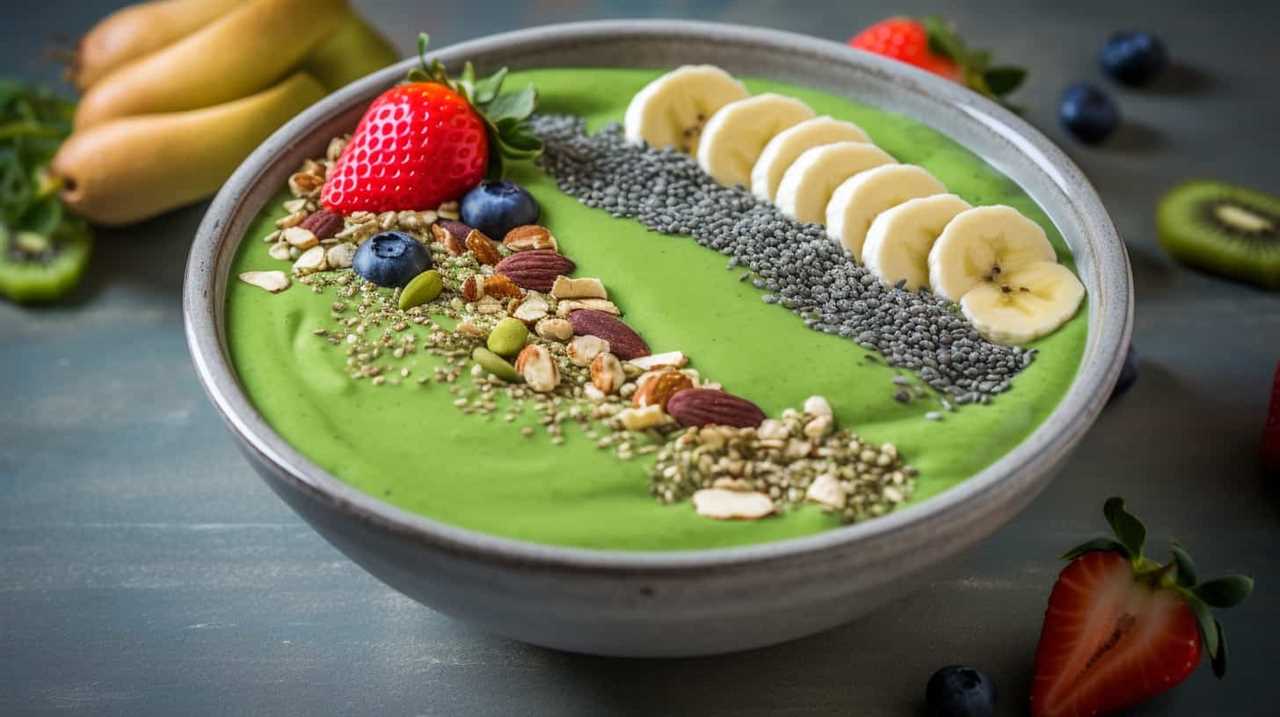
Here are three important elements of our harvesting process:
- Timing: We closely monitor the maturity of the seeds to determine the optimal time for harvesting. This ensures that the seeds have reached their maximum size and have high germination rates.
- Handling: We use gentle techniques to harvest the seeds, minimizing damage and maintaining their integrity. This includes avoiding excessive shaking or rough handling, which can lead to seed breakage or deterioration.
- Post-Harvest Techniques: Once harvested, we employ various post-harvest techniques to ensure the longevity and quality of the seeds. This includes thorough cleaning, drying, and conditioning processes. Additionally, we store the seeds in the best storage methods, such as cool and dry environments, to maintain their viability and prevent deterioration.
Conclusion
In conclusion, successful commercial seed production requires careful attention to various techniques such as seed selection, soil preparation, irrigation, pollination, pest control, and harvesting.
These techniques are like the diverse colors of a vibrant garden, each contributing to the overall beauty and productivity.
Just as a skilled gardener tends to every aspect of their plants, commercial seed producers must diligently employ these techniques to ensure the highest quality and quantity of seeds for the market.
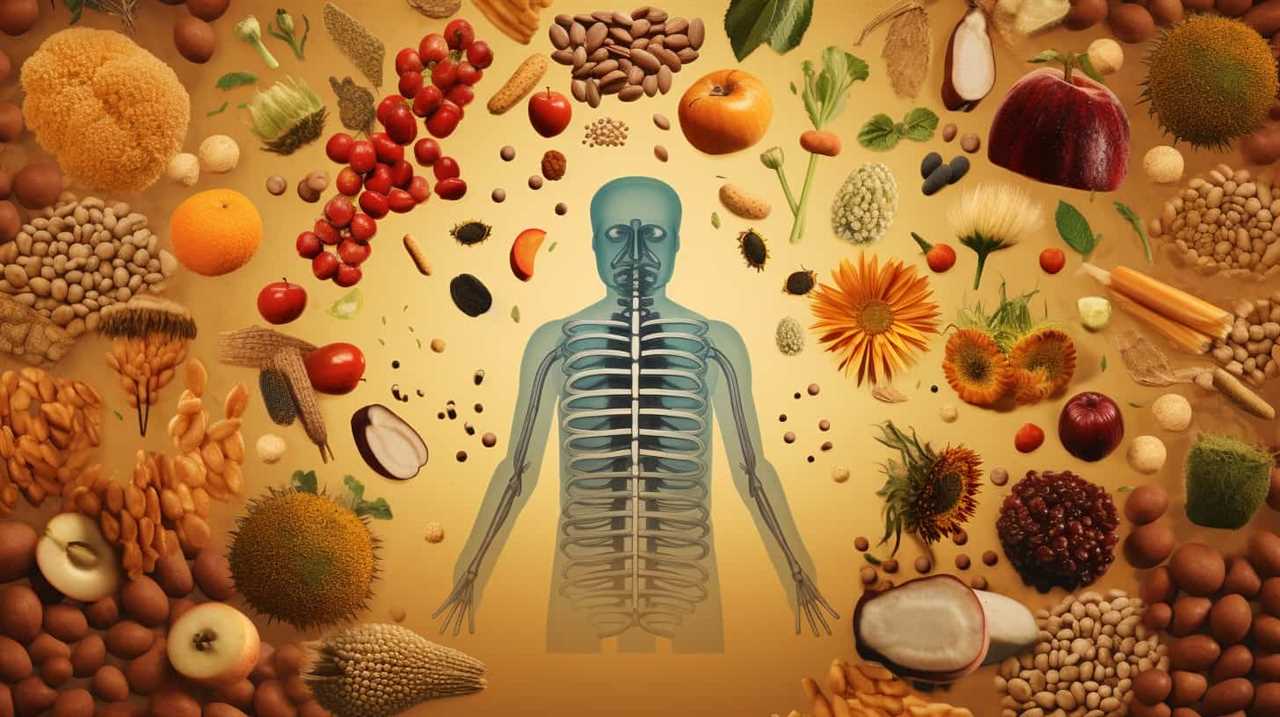
With proper implementation, these techniques will cultivate fruitful results and sustainable agriculture.


